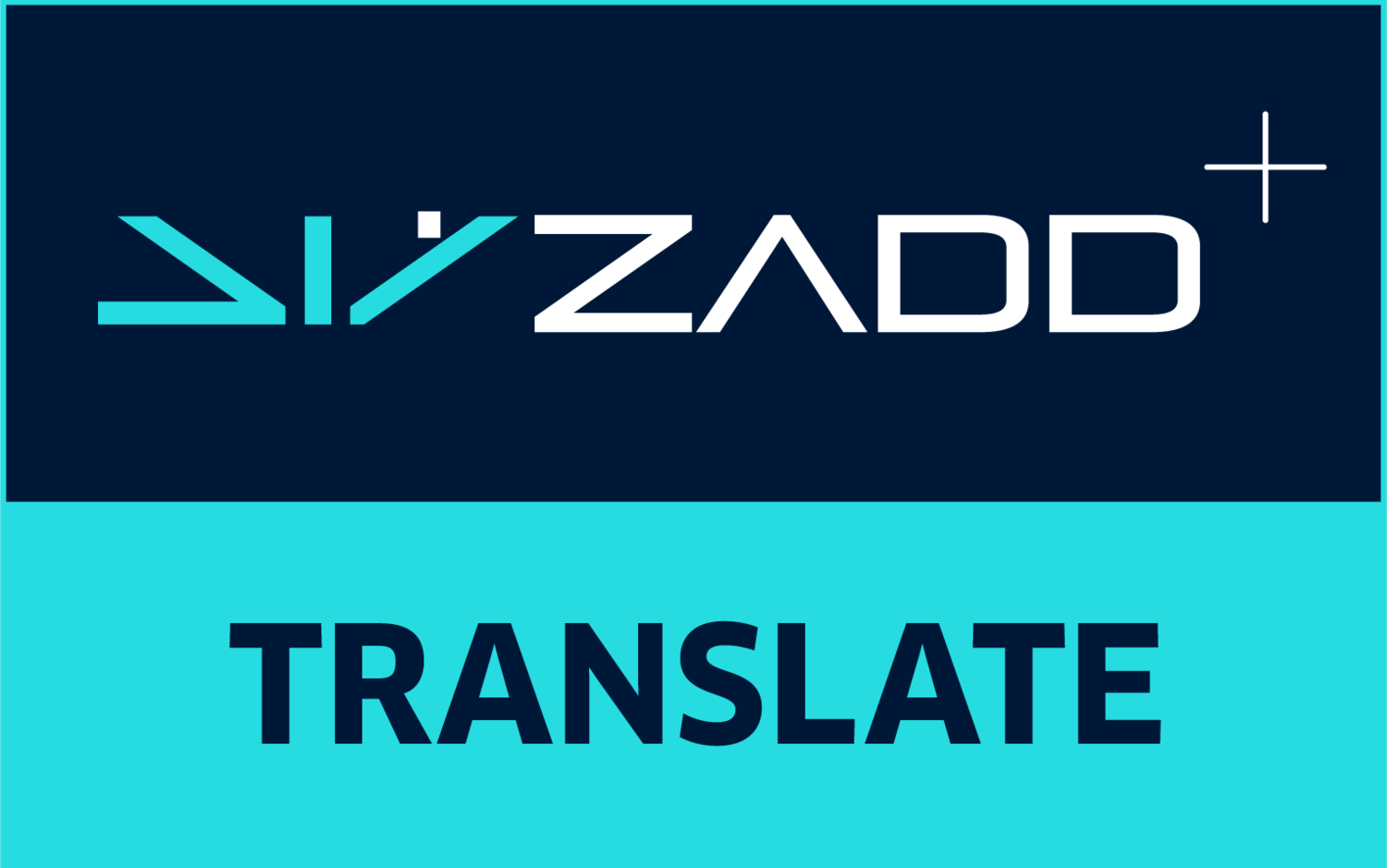Constructing Realities through Translation
While a text might be seen as an abstract bulk of words and sentences, it can actually be part of a greater narrative that the author or speaker is trying to convey. Although translation has been historically viewed as a bridge between languages to render such narratives and messages, recent revolutionary perspectives began to analyze how translation can be a potential act of manipulation.
While any narrative contains protagonists and active players whose interactions shape the course of events, including the beginning, projected end, and the timeline, translators have become the narrators of these stories in the target language. Translation, as a result, is no longer merely concerned with semantic accuracy or linguistic quality, but rather focused on the translator’s decision-making in selecting certain words and structures to direct the reader’s mind towards a certain angle the translator wishes to highlight, according to Mona Baker’s Narrative theory.
An example to that is Babels[1], a network of volunteer translators and interpreters who offer free-of-charge services for the World Social Forum events and other activities of similar scope. This left-wing network of activists describes its mission as follows: “We work to give voice to peoples of different languages and cultures. We fight for the right of all, including those who don't speak a colonial language.”
For Baker, who studied both their textual and non-textual elements, this group of translators and interpreters work with a pre-occupation that English is a colonial and oppressive language; as those who don’t speak English are denied the opportunity to express themselves freely. This was even more evident in the website background image that shows the word “Hello” in several European, Asia, and African languages except for English, the lingua franca of the world. This could indicate that translators may communicate texts with this bias in mind, which would be reflected in their choice of structures and words, or even in other ways that go beyond texts.
Another example of narrative theory in practice is also spotted in an Arabic documentary titled “Jenin Jenin”[2] with Arabic to English subtitling, in which an elderly Palestinian man is descrbing the events saying:
“أنا عارف والله العظيم، والله العظيم، بيتنا ما صار بيت”
The excerpt literally means “I swear to God, I swear to God, I know that our home is no longer a home”, while the Arabic to English translation on screen reads: “What can I say? Not even Vietnam was as bad as this”.
In her analysis of this translation[3], Baker suggests that some people may view this as a completely wrong translation, while the translator was in fact trying to revoke a certain narrative in the Western reader’s mind by using this reference to the Vietnam war on behalf of the man speaking. Through this kind of appropriation, the translator is making an effective communication and a call for action, proving the scholar’s assumption that one-to-one equivalents are rather conflictual with the nature of narratives.
With that in mind, one can argue that translation agencies or individual translators may fall short of working with absolute neutrality in certain types of translation, such as translating news or texts containing political discourse, especially when operating in conflict zones.
As translators are narrating texts across different languages from their own point of view, they are eventually participating in constructing our realities. This necessitates the crucial role of impartial and professional proofreading services following the translation of sensitive topics that might be narrated differently across languages, even if slightly.
---------------------------------------------------------------------------------------------------------------------------
[1] Source: Online lecture titled “What is a Narrative Approach to Translation” by Mona Baker, 2012.
[2] Palestinian documentary released in 2002 and directed by Mohammed Bakri.
[3] Source: “Translation & Conflict: A Narrative Account” by Mona Baker.
---------------------------------------------------------------------------------------------------------------------------
